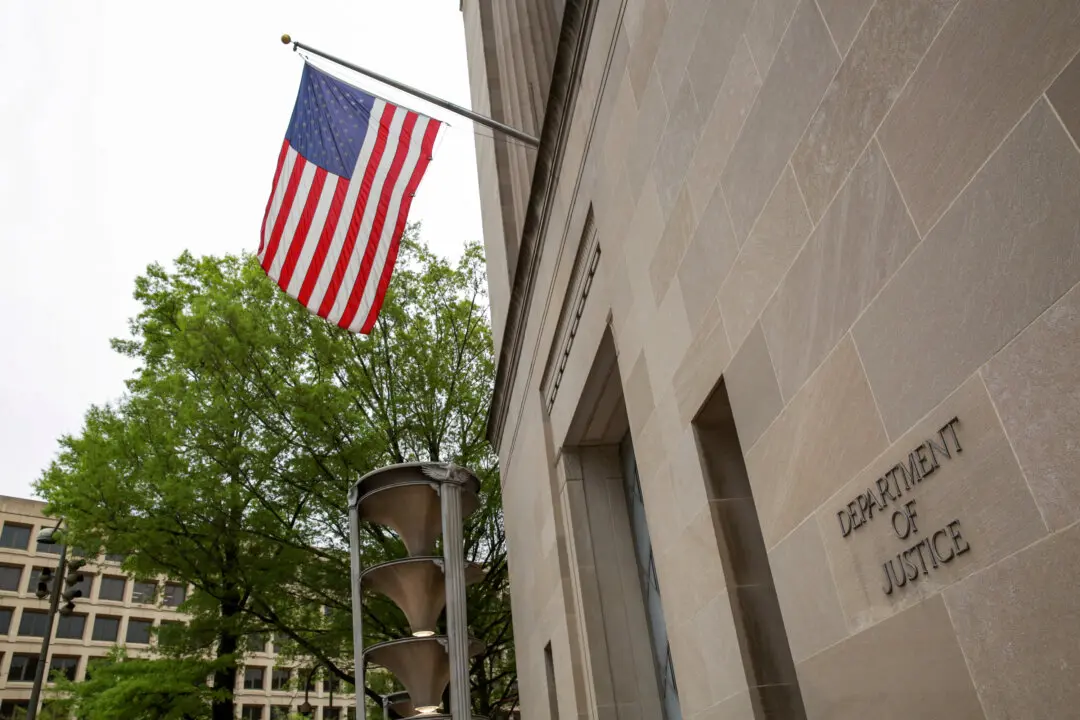A White House adviser released a statement on Sept. 5 defending President Donald Trump who claimed earlier forecasts showed Hurricane Dorian was headed toward Alabama.
Rear Adm. Peter Brown, a Homeland Security and counterterrorism advisor, said in a statement circulated by the White House that he had briefed the president multiple times on the position, forecast, risks, and government response to Hurricane Dorian using various models that predicted the potential path of the eye of the storm.




